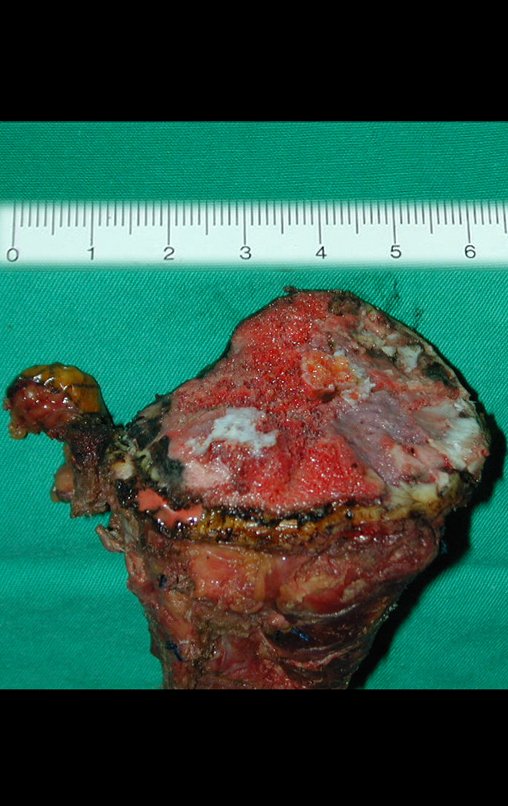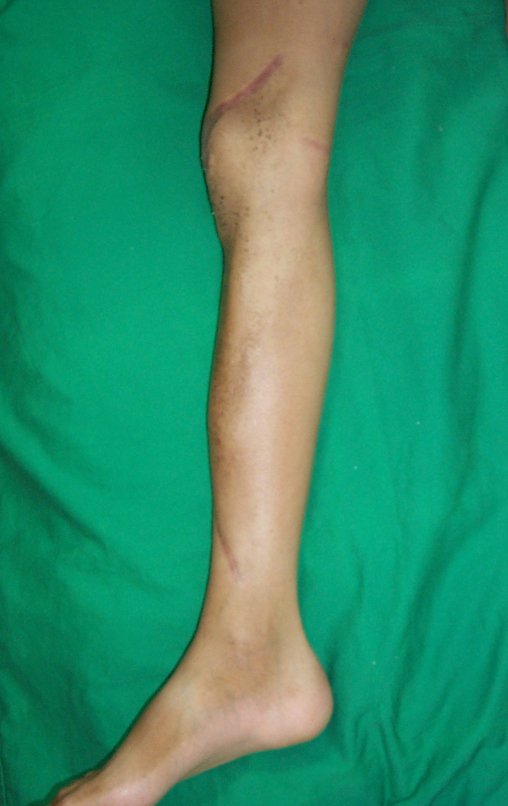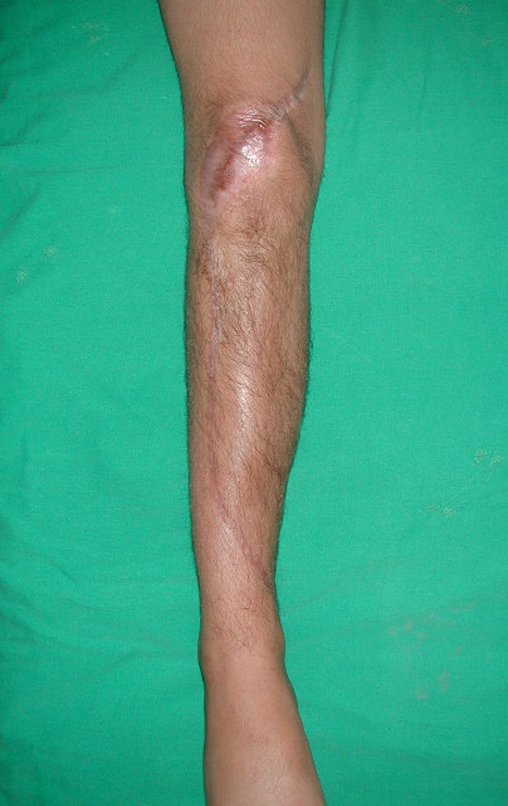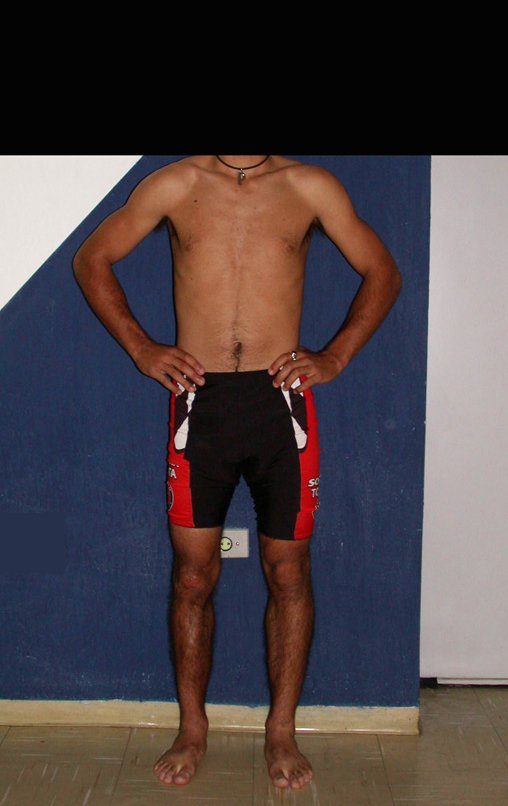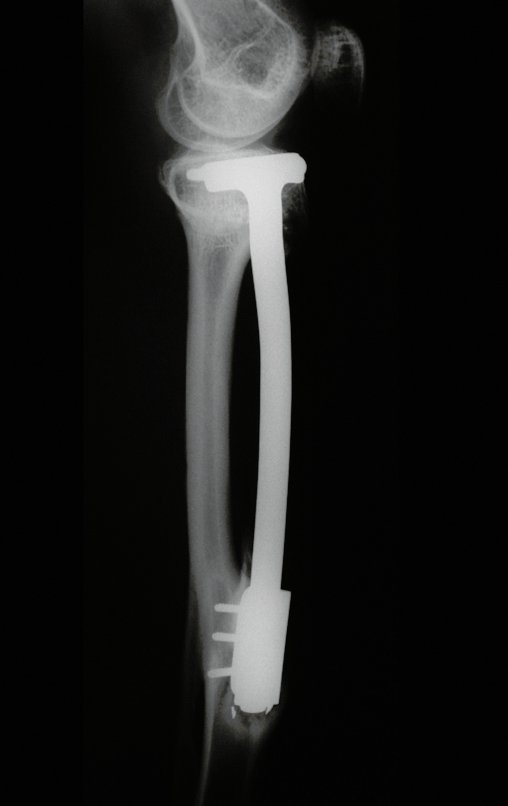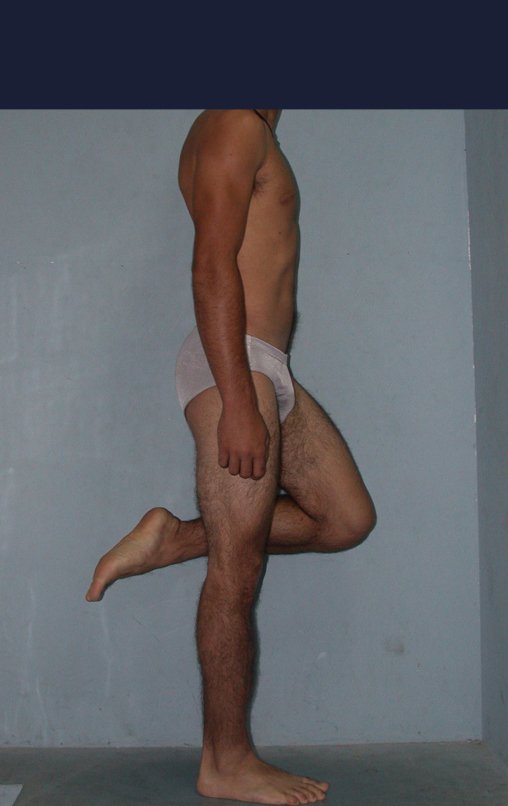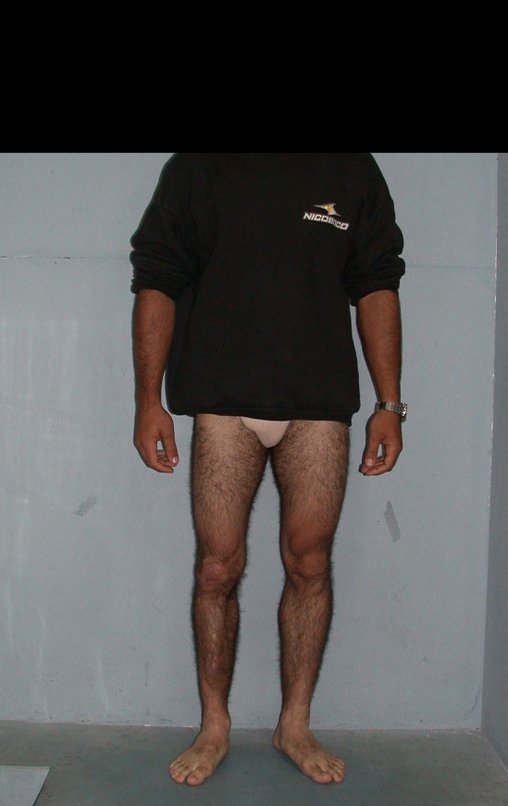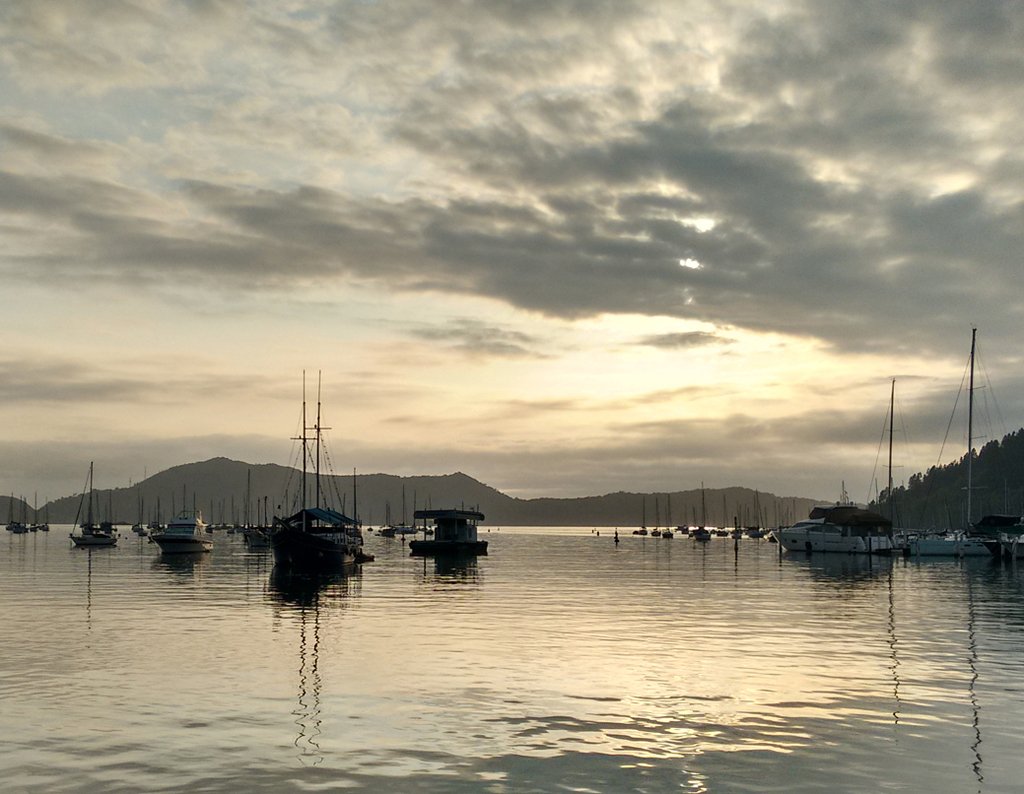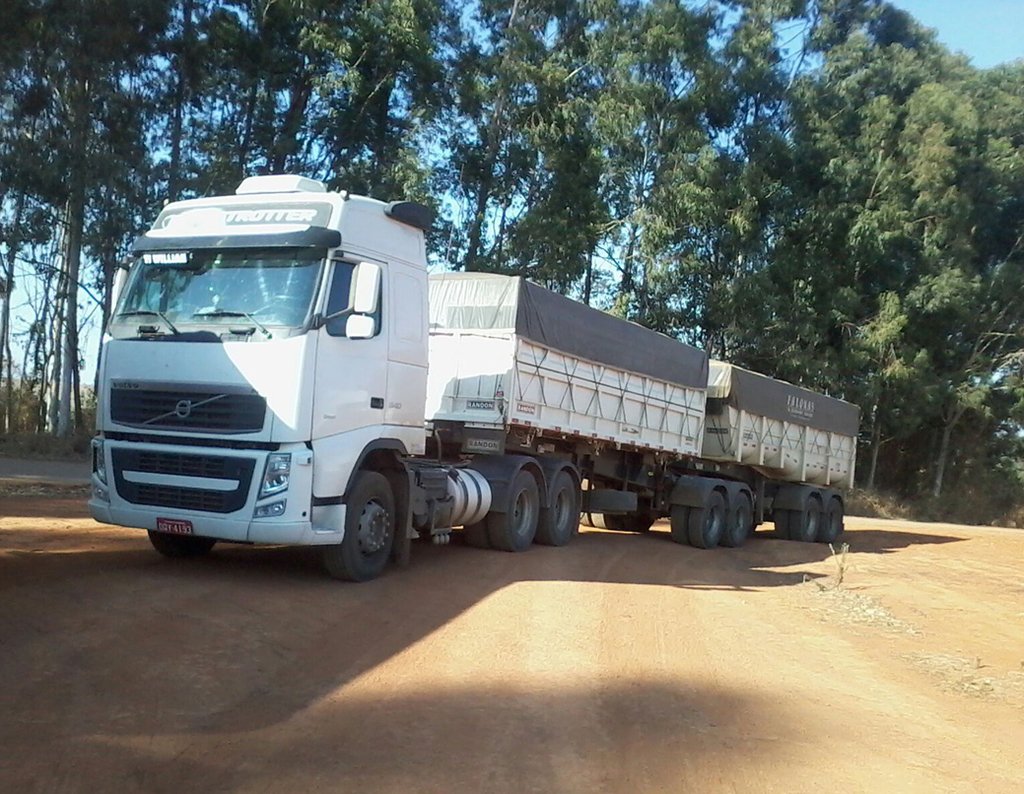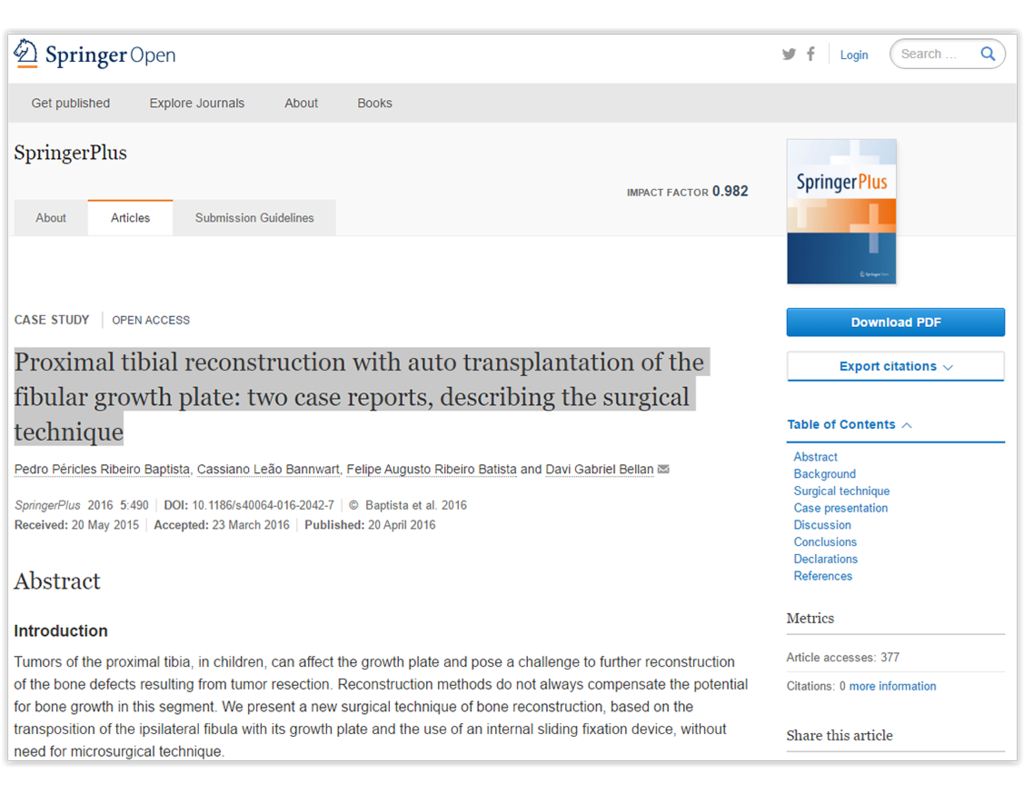Growth Cartilage Autotransplantation Technique – Tibialization of the Proximal Fibula – Biological Reconstruction – Autologous Graft in Tibial Osteosarcoma
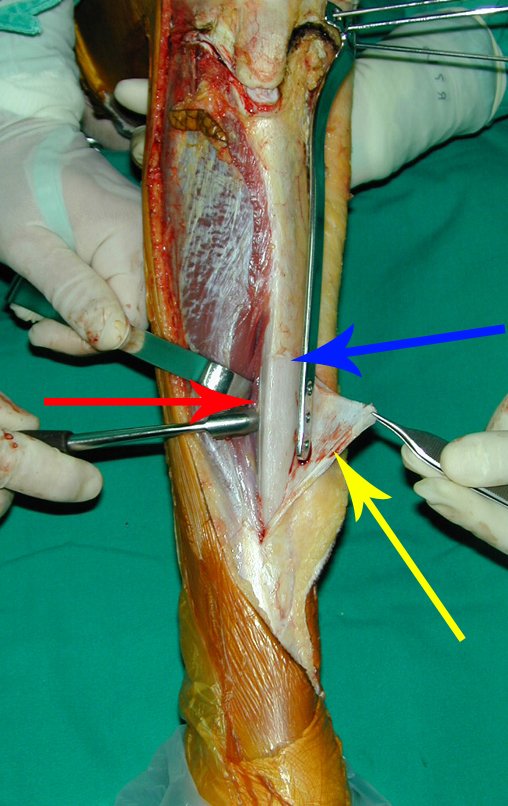
Autotransplantation of the vascularized fibula, with its growth plate, is proving to be an effective biological solution. The fibula is being “tibialized” and its growth plate continues to grow, replacing the tibial growth plate, which was resected along with the tumor.
Lower limb aligned and clinically with the shorter leg, as shortening occurred right at the beginning, due to the inclination of the epiphysis, causing inferior sliding of the plate stem, already demonstrated with the inclination of the epiphyseal screws.
After the evaluation in 2005, ten years have passed. The patient, now 28 years old, returns on November 15, 2015. He currently works as a driver, transporting bulk sugar from the state of Minas Gerais to the port of Santos. He travels 800 km driving a truck, using his right leg to accelerate and brake. The reconstruction of the leg, carried out with autotransplantation of growth cartilage, proves to be an excellent alternative to endoprostheses for growing children, with good functional results. A biological, autologous and definitive solution.
See the article on this extensible internal fixation device, which we developed, as well as the use of this technique in the first two cases, which was published in the Revista Brasileira de Ortopedia – Vol. 36, No. 7 – July 2001, Figure 166. This complete article can be accessed and downloaded in PDF directly from the link below:
https://www.oncocirurgia.com.br/2015/08/19/dispósito-de-fixacao-interna-extensivel/
This technique, of growth cartilage autotransplantation, has been publicized at several national and international congresses in recent years.
We carried out research on Poodle dogs, in partnership with the Botucatu Veterinary College. This work resulted in a Master’s Thesis, in the Area of Veterinary Medicine, in which we acted as Co-supervisor. This thesis was later published in an international journal, in ZEITSCHRIFTEN – VETERINARY AND COMPARATIVE ORTHOPAEDICS AND TRAUMATOLOGY – ARCHIVE – ISSUE 2 2008, Figure 167. This article can be accessed at the link below:
In 2016, we published an updated article with the evolution of this case, with sixteen years of follow-up, see:
http://springerplus.springeropen.com/articles/10.1186/s40064-016-2042-7
Author: Prof. Dr. Pedro Péricles Ribeiro Baptista
Orthopedic Oncosurgery at the Dr. Arnaldo Vieira de Carvalho Cancer Institute
Office : Rua General Jardim, 846 – Cj 41 – Cep: 01223-010 Higienópolis São Paulo – SP
Phone: +55 11 3231-4638 Cell:+55 11 99863-5577 Email: drpprb@gmail.com



















































